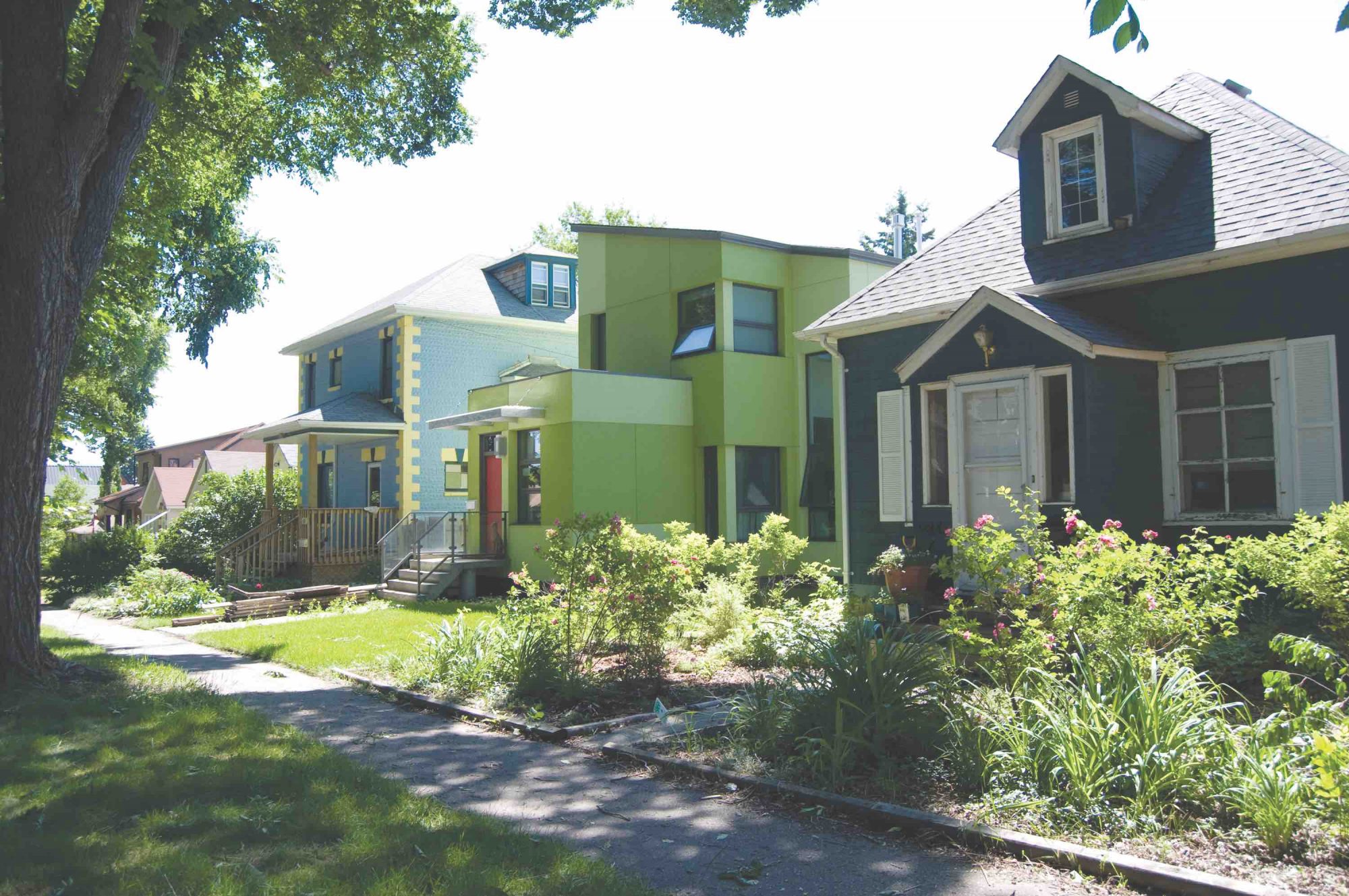Anne Murray had it backwards, in this as in so many other areas. Everything old isn’t new again. Rather, everything new should strive to be old. Or at least every neighbourhood should, according to our survey results, which revealed an overwhelming preference for those Edmonton neighbourhoods well-stricken in years.
Readers evidently feel that younger places found on the city’s periphery hold less appeal than those in the core, with most voting for older neighbourhoods inside the Anthony Henday ring.
This presents a problem to people like Brad Armstrong, general manager of the Edmonton branch of Qualico Communities, a decades-old developer with offices in Calgary, Winnipeg, Vancouver and Austin, Texas. He sees the movement of 1,400 new homes to market a year, and recognizes that old neighbourhoods offer things new ones can’t. “I spend a lot of time driving around old and new neighbourhoods to see what the competition’s doing,” he says. “I love the whole feel of the Garneau and the university area and, of course, Old Strathcona and Whyte Avenue.”
But given the disappointing results of humanity’s experiments with time travel to date, the hand dealt Armstrong in his goal to create equally desirable neighbourhoods in Edmonton’s burgeoning outskirts is necessarily limited. He faces the challenge of adding a century’s worth of communal character.
One way of meeting this challenge? Don’t pave over the old stuff that’s already there. “Rather than wait that hundred years for trees to get sufficiently stately, I think there’s a lot of focus now on maintaining existing natural areas and incorporating that into your neighbourhood,” says Armstrong, while pondering archival photographs proving that the natural aspects of Garneau in 1904 looked an awful lot like those in Windermere circa 2004. For instance, Qualico built its Summerwood homes near Sherwood Park around 15untouched acres of poplar, aspen and spruce trees.
